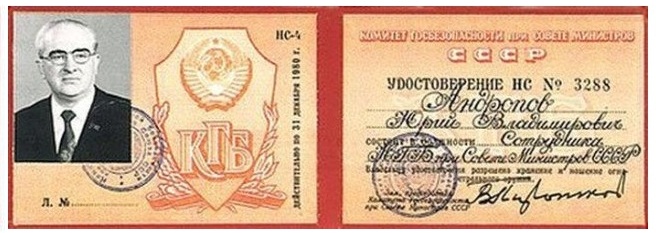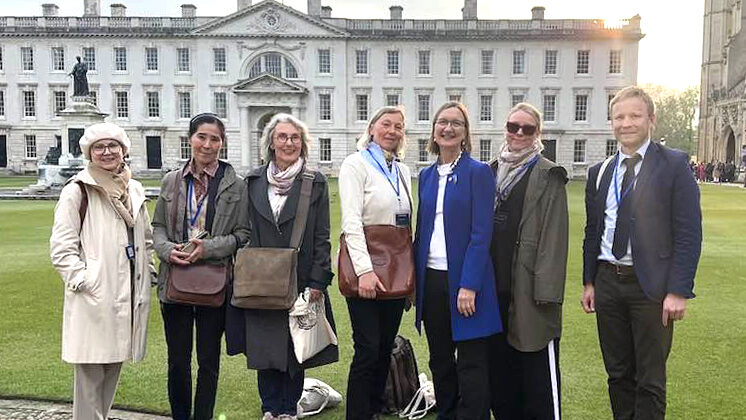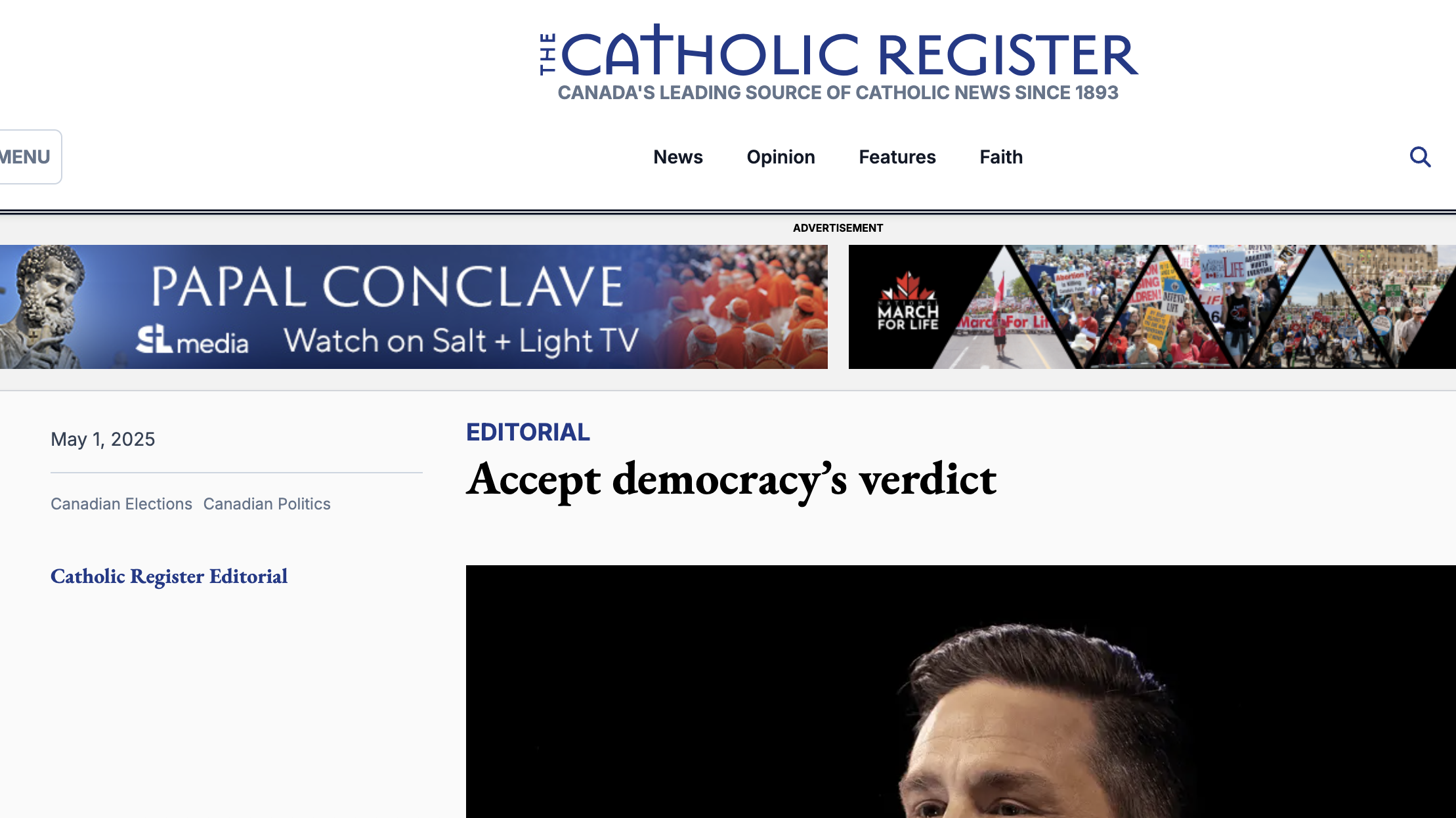In some way the process was one of ‘self-lustration’. Of those that fitted the above categories, 1153 contacted KAPO by April 1, 1966 (a rather curious choice for a deadline). Many names have been published since on several occasions. It’s interesting to note that the vast majority so released have been Russian names. It’s said that a significant number left for Russia after Estonia’s independence was re-established in August 1991.
(Pyotr (Peeter) Lillenurm, a KGB operative working under diplomatic cover at the Soviet embassy in Ottawa in the early 1980’s and made persona non grata by Canada was later on staff at the Russian embassy in Stockholm. Usually a duly accredited diplomat expelled from one country is not accepted by another friendly country.)
Lists of collaborators have mostly been destroyed or were taken into Russia before August 1991. Revealing them oftentimes elicits negative reactions. The authenticity of some the KGB dossiers has been criticized.
However experienced archivists and historians refute this as being a widespread problem, especially dossiers from 1940-1950 which were handed to Estonia more or less intact. What would be the point of doctoring those dossiers that would not be of current relevance and would be seldom studied. In addition specialists have sufficient where-with-all to detect any faslification.
Collaborating with the KGB is a complicated issue with which to cope and the information found in archives often provides disappointment and discomfort. In some cases celebrated, highly esteemed public figures have been identified as having KGB connection after the discovery of certain archival materials.
One must also bear in mind that the dossiers were compiled for internal consumption and most classified as top secret. The dossiers, mostly authentic, are factual. Historian are mindful of mistakes, careless recording, KGB exaggerations, etc. They know that that the dossiers contain only such information of which the KGB was knowledgeable and info under their control.
Collaborators, the category for which no complete Estonian list exists, as it does in Latvia, were mainly involved in supplying the KGB with information that assisted in agency ongoing operations. They kept under scrutiny targeted individuals that the KGB had identified for possible recruitment and fulfilled other operational assignments. Collaborators may have been someone, tasked with observing activities at establishments of high security value. Specialist collaborators may have been secret informers in prisons, individuals experienced in penetrating and/or disrupting groups.
Contact with collaborators occurred usually in safe-houses/apartments. Keepers of these facilities, including telephones exclusively used by the agency or drop-off locations were also trusted collaborators.
Laas Leivat (To be continued.)
Laas Leivat, Toronto




